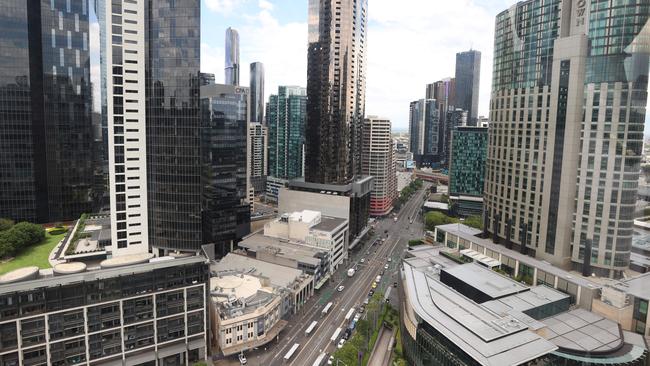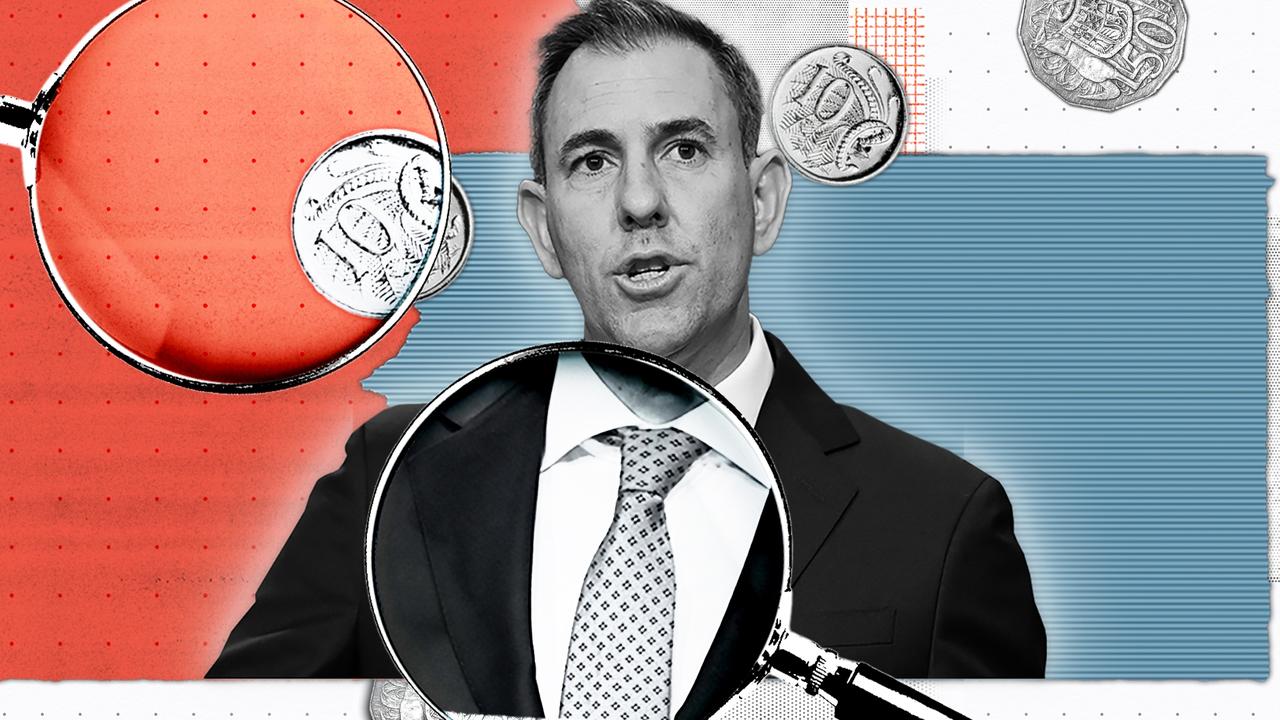An Albanese government plan to lift migration will further fuel rent increases analysts suggest
Investors are back as rents soar in the residential market – and migration increases will further fuel rents again.

An Albanese government plan to lift migration will further fuel rent increases across the property market, industry analysts suggest.
The residential market is already witnessing dramatic rent increases as the amount of space for rent – the so-called vacancy rate – hover around one per cent.
Rents for units across the nation jumped by more than 10 per cent last year, the largest jump seen by analysts since 2005.
The jump in rental income has not been missed by investors who are pouring back into the residential market even as house prices continue to drop. Private investors literally control the residential market – unlike commercial or industrial property sectors.
Investor activity had shrunk to less than one fifth of the wider residential market during the pandemic, but is now rapidly recovering. Crucially, investors note rental lifts achieved across the market over the last year have been notched up while migration remained largely closed under pandemic-era settings.
In recent days both Anthony Albanese and Jim Chalmers have indicated they wish to break labour shortages by allowing an increase in migration.
“Migrants traditionally move straight to the cities and they move first to the rental market- it’s the factor still missing in the residential sector even with the rebound in rents,” says Tim Lawless at CoreLogic.
Lawless believes the rental market has been subdued for almost a decade as capital gains compensated investors for the lack of rental income. “Now the wheel has turned, we are seeing rental yields climbing very quickly. Falling house prices and rising rents are an unusual combination – in cities such as Sydney rental yields had dropped near 2 per cent we are now seeing them climb towards 3 per cent and they could get to 4 per this year,” he suggests.
In CoreLogic’s latest quarterly report, the analysts said: “The current surge in rental demand has occurred largely in the absence of overseas migration and instead has been driven by a decrease in the average household size over the Covid period.

“Worsening affordability could have a negative impact on rental demand as more people try to minimise costs by maximising occupancy rates or forming larger households (after households diminished in size through Covid). However, this will likely be offset by additional rental demand as international migration returns to pre-Covid levels.”
Meanwhile, there is mounting evidence that house prices will continue to soften as sellers continue to place new listings into a softer market – the latest Proptrack data reports suggests it has been the busiest start to winter in a decade as listings for the monthly of June rose 8.5 per cent across the country.
Proptrack economist Angus Moore says sellers know the clearance rates across the nation are falling and that it is becoming harder to sell a home – but they hope to get their property sold before rates move higher.
“It is difficult seeing anything to change the circumstances we have in this market where prices are falling and rents are rising all the time,” Moore says.
Moore also suggests returning migrants will further strengthen demand in the residential sector.
“The fundamental drivers of demand remain strong, with unemployment low, wages growth expected to pick up over this year, and international migration now returning,” he says.
Long-term, residential property investors may soon begin reassessing the market as rental yields – especially with capacity to achieve regular rental income increases – change the numbers for potential returns. As sharemarkets and bond markets continue to be lossmakers for investor. the income from property markets will look more attractive.
“When you saw the property investor numbers drain out of the market in recent years, a lot of that property transferred to homeowners,” says Lawless, Corelogic’s research director.
“Now we see the investors moving back into the market.
“But we have acute vacancy rates just now and it is now going to change until private investors fully return and create new stock – that is going to take some time this is trend will be here for a while,” he adds.



